Sustainable Fisheries Partnership’s Seafood Metrics aims to foster greater transparency and eliminate IUU fishing
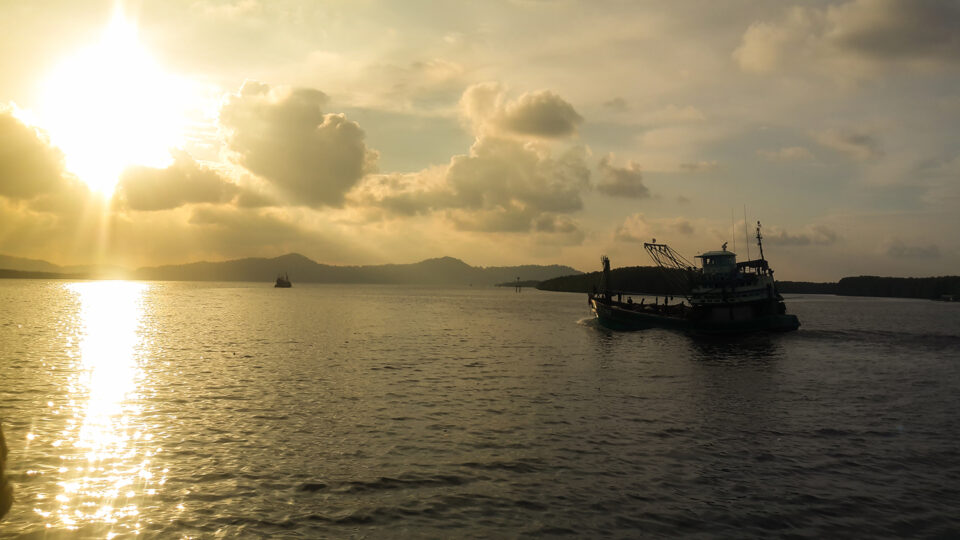
Notoriously opaque and with still-limited traceability, the global seafood industry has never been known as a shining example of transparency. Fraudulent trade practices and illegal harvests have proliferated within convoluted supply chains for decades.
Global seafood demand has doubled since 1998 and fish products are now the most-traded food commodity in the world. This has caused already-complex seafood supply chains to become even less transparent, a fact that leading environmental groups believe threatens the sustainability of the industry and undermines public trust in seafood supply chains.
A lack of traceability allows illegal behaviors such as seafood mislabeling, fraud and IUU (illegal, unregulated and unreported) fishing to continue. Products from IUU harvests can easily get commingled with products bearing well-earned sustainability credentials like certification eco-labels. This has impacts that accrue across the supply chain, from producers to consumers.
In response, the Sustainable Fisheries Partnership (SFP) built a new data-sharing tool, Seafood Metrics, alongside its corporate partners to identify environmental risks in their seafood supply chains, explained Kathryn Novak, director of global markets. SFP works to rebuild depleted fish stocks, reduce the environmental and social impacts of fishing and fish farming and advance opportunities for fishing communities worldwide.
“When we started 15 years ago, there was no system or process in place at most retailers to gather the specific information on their seafood sourcing that was needed to understand the health of the fisheries the products came from,” Novak told the Advocate. “The first step was to gather this information from their suppliers – species name, region of harvest, gear type or method of harvest – systematically, for all the seafood they sell to identify how best to support seafood improvement activities. This became the foundation for Seafood Metrics.”
The Seafood Metrics platform gathers all seafood harvest and production information and provides users with a customized analysis of their entire seafood portfolio, utilizing more than 25 sustainability indicators including governance quality, target stock health, human rights risks, and environmental impacts. High-quality, accessible data is crucial in supporting sustainable fisheries, Novak explained.
“Without information and data, seafood buyers and suppliers cannot easily identify and understand where improvement is needed in their supply chains and where they can help use their leverage and interest in sustainability to push for improvements by fishers or fishery managers,” Novak said. “SFP’s adoption of open-source software and our investment in data systems created the foundation for, and continue to be, leading methods for monitoring and assessing progress in seafood sustainability and fisheries improvement.”
Seafood Metrics has been around for almost a decade but was previously only available to SFP partners. Last October, the group made the tool publicly available to all seafood businesses to encourage more data sharing and transparency in the seafood industry. Existing users, like High Liner Foods, one of North America’s largest seafood suppliers, quickly applauded the decision.
A fishery cannot be sustainably managed without accurate and verifiable traceability data.
Bill DiMento, VP-corporate sustainability at High Liner, noted that traceability and transparency are the cornerstones of sustainable fisheries management.
“A fishery cannot be sustainably managed without accurate and verifiable traceability data,” said DiMento, adding that accurate data is critical to High Liner’s sustainability mandates. “You can’t improve what you don’t measure! SFP and the Metrics tool assist High Liner Foods measure its performance as it relates to its responsible sourcing goals. SFP also provides extensive scientific knowledge of the global fisheries and aquaculture that High Liner Foods purchases from, helping to drive continuous improvement efforts that assure sustainable seafood for generations to come.”
A 2016 analysis from the World Wildlife Fund estimated that in the United States alone, proper traceability could result in American fishermen increasing their income by 20 percent if IUU imports were prevented. A lack of transparency can lead to mislabeling and further undercut honest fishermen and lead to consumers overpaying for products that are being misrepresented.
Can handheld DNA testing technology stand up to seafood fraud?
A lack of transparency also impacts sustainable fisheries management, compromising well-managed fisheries and undermining conservation efforts, in part by making it possible for sustainability-minded consumers to inadvertently support socially or ecologically problematic fisheries. The United Nations Food and Agriculture Organization (FAO) has indicated that the availability of high-quality data is a necessary component of sustainable fisheries management.
In a world where consumers are more aware of the environmental impacts of their food choices, Guy Pizzuti, seafood director for Publix Super Markets noted that traceability is more important than ever to retailers.
“Transparency is important to the evolving consumer,” he said. “Consumers want to know more about the products they are buying and being transparent allows retailers to share that information in an authentic manner.”
The Seafood Metrics system is just one method of improving transparency and traceability in seafood supply chains, but other technologies and policy options are being trialed all along the supply chain, such as DNA barcoding, blockchain technology, stricter labeling requirements and chain-of-custody certification.
Pizzuti went on to conclude that retailers like Publix have a large role in enhancing seafood traceability efforts.
“Retailers, and I would add foodservice to this as well, should be the catalyst for this change,” he said. “Given the shift in the customer expectations of retail, it is a reasonable ask of us to the industry. The challenge from a retail standpoint is in asking the right questions and continuing to peel the onion until you are able to get the information you need.”
Follow the Advocate on Twitter @GSA_Advocate
Now that you've reached the end of the article ...
… please consider supporting GSA’s mission to advance responsible seafood practices through education, advocacy and third-party assurances. The Advocate aims to document the evolution of responsible seafood practices and share the expansive knowledge of our vast network of contributors.
By becoming a Global Seafood Alliance member, you’re ensuring that all of the pre-competitive work we do through member benefits, resources and events can continue. Individual membership costs just $50 a year.
Not a GSA member? Join us.
Author
-

Emily DeSousa
Emily DeSousa is a fisheries scientist and a social media influencer based in Niagara, Ontario, Canada. She is the founder of Seaside with Emily, an online travel and seafood blog. She works in the Coastal Routes lab, where her research focuses on alternative seafood networks in North America.
Seaside with Emily
https://seasidewithemily.com/
(Instagram: @seasidewithemily, Twitter: @emilyseaside, Linkedin: Emily De Sousa)
IG: https://www.instagram.com/seasidewithemily/
Twitter: https://twitter.com/emilyseaside
Linkedin: https://www.linkedin.com/company/34688936/admin/
https://coastalroutes.org/
Tagged With
Related Posts
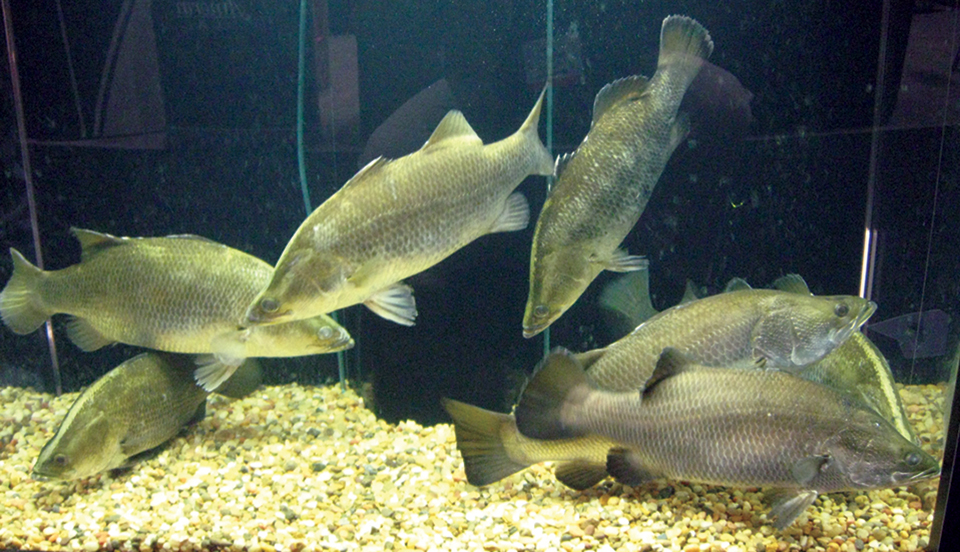
Intelligence
DNA barcoding applications in aquaculture
DNA barcoding is an exciting tool for the identification of fish. Even non-taxonomists can classify organisms through the molecular taxonomy technique.
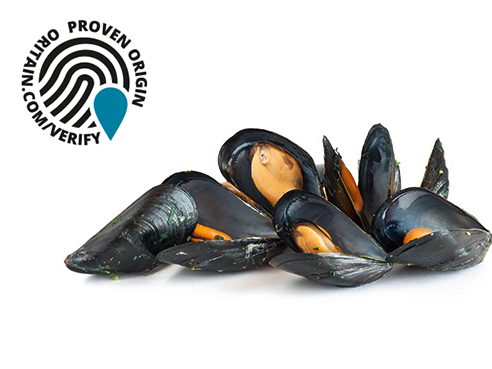
Intelligence
Can a ‘chemical fingerprint’ deter seafood fraud?
Because paper trails aren’t perfect, some food producers are going beyond written or digital records to prove their products’ authenticity and prevent economic fraud. Is farmed seafood a perfect fit for forensic-science traceability?
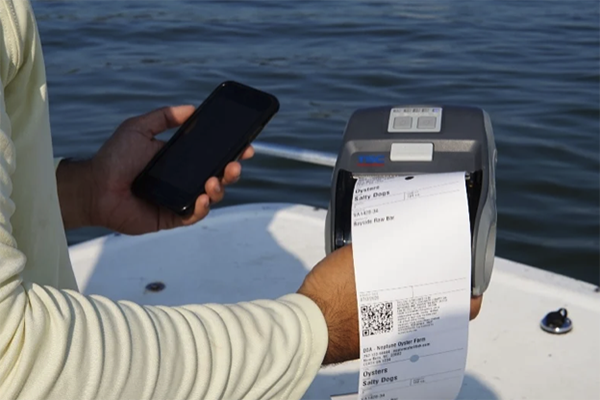
Intelligence
B.C. shellfish growers tap BlueTrace to help them comply with new regulations
BCSGA is partnering with traceability and food safety company BlueTrace to help track its supplies of oysters, clams, mussels, scallops and geoducks.
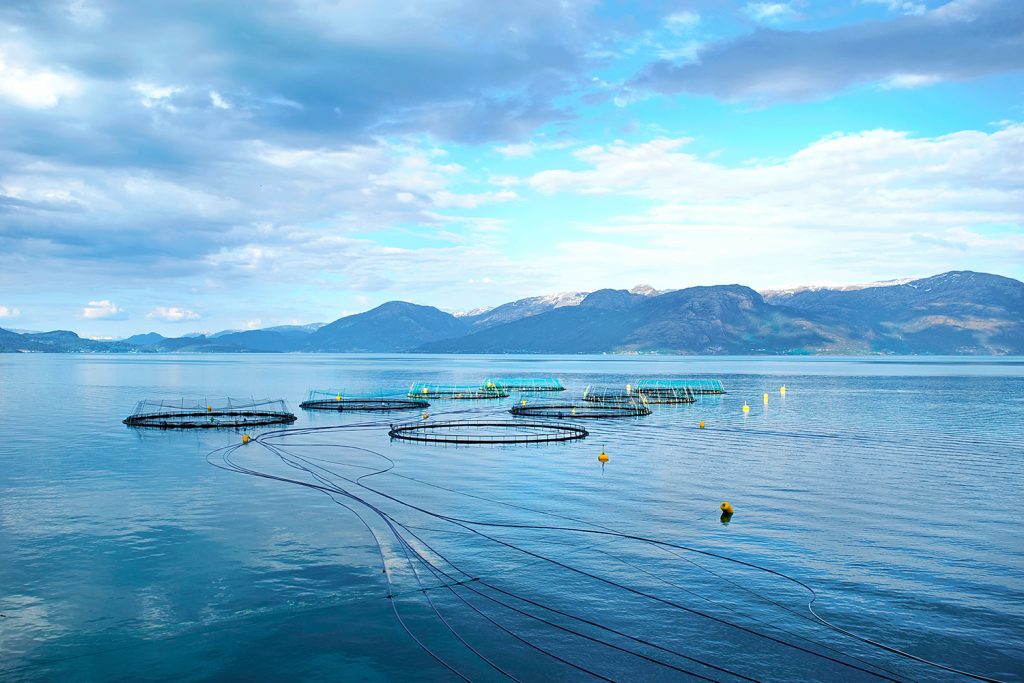
Intelligence
Blockchain expands its aquaculture presence with shrimp and salmon
By tracking products from farm to plate, blockchain helps reduce fraud and improve standing with consumers. But it’s only part of the solution.


